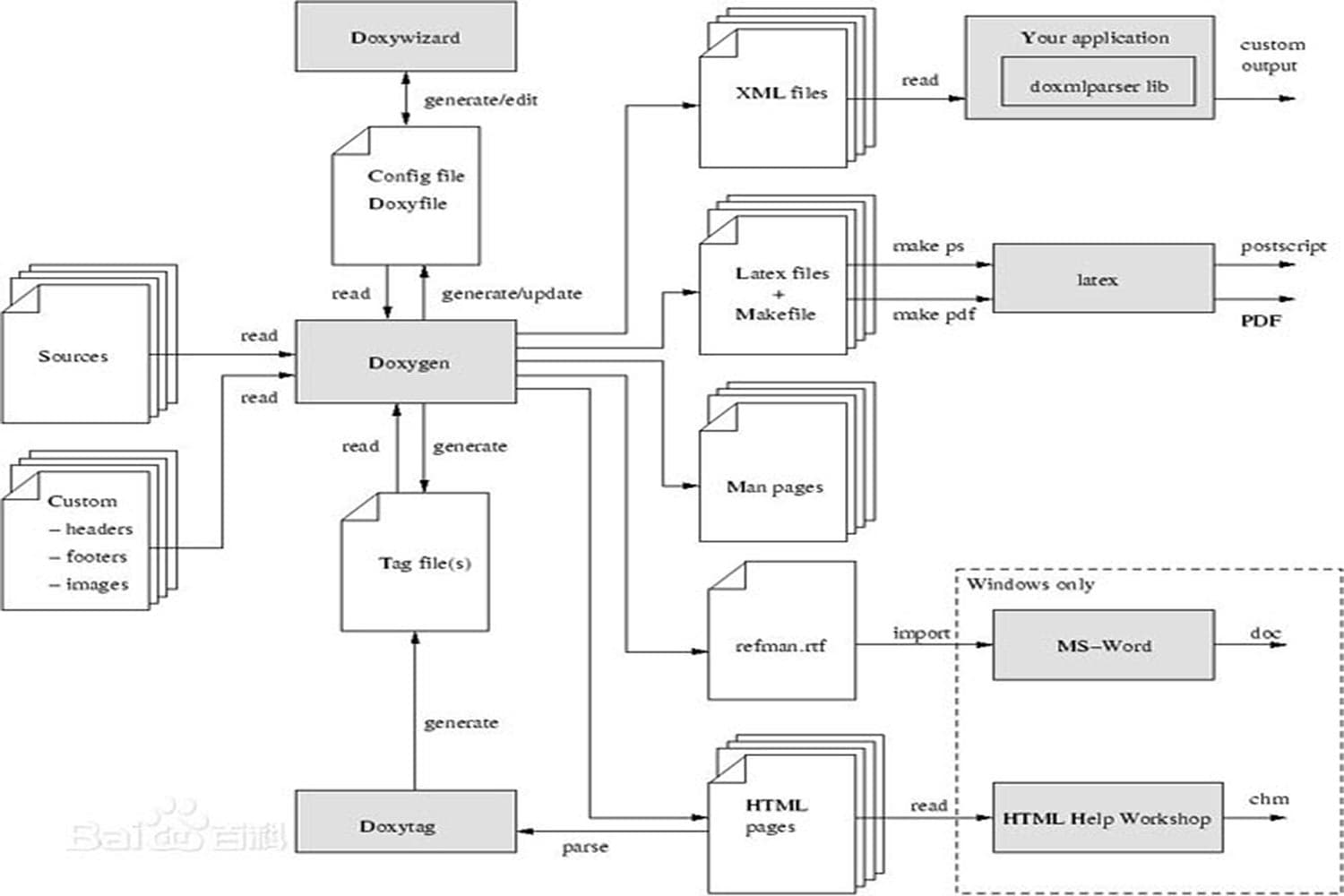Valgrind C/C++内存检测
|Word count:1.9k|Reading time:7min
Valgrind的C/C++内存检测
内存泄漏常见原因
1、memory overrun:写内存越界(越界访问堆、栈和全局变量)
2、double free:同一块内存释放两次
3、use after free:内存释放后使用
4、wild free:释放内存的参数为非法值
5、access uninitialized memory:访问未初始化内存
6、read invalid memory:读取非法内存,本质上也属于内存越界
7、memory leak:内存泄露
8、use after return:caller访问一个指针,该指针指向callee的栈内内存
9、stack overflow:栈溢出
10、thread compete:线程间竞争访问同时访问指针
安装
从官网下载最新的Valgrind安装包。
cmd1
2
3
4
5
6
7
| tar -xjvf valgrind-3.16.1.tar.bz2
cd valgrind-3.16.1/
./autogen.sh
./configure
make -j8
sudo make install
|
cmd1
2
3
4
5
6
7
8
9
10
11
12
13
14
15
16
17
18
19
|
tar -xjvf valgrind-3.16.1.tar.bz2
cd valgrind-3.16.1/
./autogen.sh
./configure --host=arm-linux CC=arm-none-linux-gnueabi-gcc CXX=arm-none-linux-gnueabi-g++ --prefix=/home/valgrind
./configure --host=armv7-linux CC=arm-none-linux-gnueabi-gcc CXX=arm-none-linux-gnueabi-g++ --prefix=/home/valgrind
--enable-only32bit:只编译32bit
--enable-only64bit:只编译64bit
make -j8
make install
|
将/home/valgrind的文件夹拷贝到板子:
1
2
3
4
5
6
7
8
9
10
11
12
13
|
export VALGRIND_LIB=/<路径>/valgrind/lib/valgrind
export PATH=$PATH:/<路径>/valgrind/bin
ulimit -c unlimited
ulimit -n 65535
RUN_HOME=`dirname $0`
cd ${RUN_HOME}
export LD_LIBRARY_PATH=.:$LD_LIBRARY_PATH
valgrind --log-file=valgrind.log --tool=memcheck --leak-check=full <程序>
|
Note:可以用U盘mount到开发板,通过valgrind来调试
命令参数
reference1
2
3
4
5
6
7
8
9
10
11
12
13
14
15
16
17
18
19
20
21
22
23
24
25
26
27
| valgrind的使用
用法: valgrind --tool=tool_name [options] program_name:
例如:valgrind --tool=memcheck --leak-check=full ./test
常用选项,适用于所有Valgrind工具
-tool= 最常用的选项。运行 valgrind中名为toolname的工具。默认memcheck。
--h 显示帮助信息。
--version 显示valgrind内核的版本,每个工具都有各自的版本。
-–quiet 安静地运行,只打印错误信息。
-–verbose 更详细的信息, 增加错误数统计。
--trace-children=no|yes 跟踪子线程? [no]
--track-fds=no|yes 跟踪打开的文件描述?[no]
--time-stamp=no|yes 增加时间戳到LOG信息? [no]
--log-fd= 输出LOG到描述符文件 [2=stderr]
--log-file= 将输出的信息写入到filename.PID的文件里,PID是运行程序的进行ID
--log-file-exactly=输出LOG信息到 file
--log-file-qualifier= 取得环境变量的值来做为输出信息的文件名。 [none]
--log-socket=ipaddr:port 输出LOG到socket ,ipaddr:port
LOG信息输出
--xml=yes 将信息以xml格式输出,只有memcheck可用
--num-callers= number 显示多少个函数栈 [12]
--error-limit=no|yes 如果太多错误,则停止显示新错误? [yes]
--error-exitcode= 如果发现错误则返回错误代码 [0=disable]
--db-attach=no|yes 当出现错误,valgrind会自动启动调试器gdb。[no]
--db-command= 启动调试器的命令行选项[gdb -nw %f %p]
适用于Memcheck工具的相关选项:
--leak-check=no|yes| 要求对leak给出详细信息? [yes]
|
Valgrind工具集
Valgrind包含下列工具:
1、memcheck:检查程序中的内存问题,如泄漏、越界、非法指针等。
2、callgrind:检测程序代码的运行时间和调用过程,以及分析程序性能。
3、cachegrind:分析CPU的cache命中率、丢失率,用于进行代码优化。
4、helgrind:用于检查多线程程序的竞态条件。
5、massif:堆栈分析器,指示程序中使用了多少堆内存等信息。
使用是通过命令:valgrand –tool=name 程序名来分别调用的,当不指定tool参数时默认是 –tool=memcheck
Memcheck
最常用的工具,用来检测程序中出现的内存问题,所有对内存的读写都会被检测到,一切对malloc、free、new、delete的调用都会被捕获。所以,它能检测以下问题:
1、对未初始化内存的使用;
2、读/写释放后的内存块;
3、读/写超出malloc分配的内存块;
4、读/写不适当的栈中内存块;
5、内存泄漏,指向一块内存的指针永远丢失;
6、不正确的malloc/free或new/delete匹配;
7、memcpy()相关函数中的dst和src指针重叠。
Callgrind
和gprof类似的分析工具,但它对程序的运行观察更是入微,能给我们提供更多的信息。和gprof不同,它不需要在编译源代码时附加特殊选项,但加上调试选项是推荐的。Callgrind收集程序运行时的一些数据,建立函数调用关系图,还可以有选择地进行cache模拟。在运行结束时,它会把分析数据写入一个文件。callgrind_annotate可以把这个文件的内容转化成可读的形式。
生成可视化的图形需要下载gprof2dot:https://github.com/jrfonseca/gprof2dot。
Callgrind可以生成程序性能分析的图形,首先来说说程序性能分析的工具吧,通常可以使用gnu自带的gprof,它的使用方法是:在编译程序时添加-pg参数
cmd1
2
3
4
5
6
7
8
9
10
11
12
13
14
15
|
sudo apt-get install python3 graphviz
sudo apt install python-pip
pip install --upgrade pip
pip install gprof2dot
g++ -pg demo.cpp -o demo -std=c++11
./demo
gprof ./demo | gprof2dot |dot -Tpng -o report.png
valgrind --tool=callgrind ./demo
gprof2dot -f callgrind callgrind.out.10293 |dot -Tpng -o report.png
|
Cachegrind
Cache分析器,它模拟CPU中的一级缓存I1,Dl和二级缓存,能够精确地指出程序中cache的丢失和命中。如果需要,它还能够为我们提供cache丢失次数,内存引用次数,以及每行代码,每个函数,每个模块,整个程序产生的指令数。这对优化程序有很大的帮助。
cmd1
| valgrind --log-file=valgrind.log --tool=cachegrind <程序名>
|
Helgrind
用来检查多线程程序中出现的竞争问题。Helgrind寻找内存中被多个线程访问,而又没有一贯加锁的区域,这些区域往往是线程之间失去同步的地方,而且会导致难以发掘的错误。Helgrind实现了名为“Eraser”的竞争检测算法,并做了进一步改进,减少了报告错误的次数。不过,Helgrind仍然处于实验阶段。
cmd1
| valgrind --log-file=valgrind.log --tool=helgrind <程序名>
|
Massif
堆栈分析器,它能测量程序在堆栈中使用了多少内存,告诉我们堆块,堆管理块和栈的大小。Massif能帮助我们减少内存的使用,在带有虚拟内存的现代系统中,它还能够加速我们程序的运行,减少程序停留在交换区中的几率。Massif对内存的分配和释放做profile。程序开发者通过它可以深入了解程序的内存使用行为,从而对内存使用进行优化。这个功能对C++尤其有用,因为C++有很多隐藏的内存分配和释放。
cmd1
| valgrind --log-file=valgrind.log --tool=massif <程序名>
|
Arm的内存泄漏分析和性能分析
cmd1
2
3
4
5
6
7
8
9
10
11
12
13
14
15
16
17
18
19
20
21
22
23
|
export VALGRIND_LIB=/<路径>/valgrind/lib/valgrind
export PATH=$PATH:/<路径>/valgrind/bin
ulimit -c unlimited
ulimit -n 65535
RUN_HOME=`dirname $0`
cd ${RUN_HOME}
export LD_LIBRARY_PATH=.:$LD_LIBRARY_PATH
valgrind --log-file=valgrind.log --tool=memcheck --leak-check=full <程序>
valgrind --tool=callgrind <程序>
通过wget软件下载出分析文件:
valgrind.log
callgrind.out.1186
性能分析软件
Linux: http://kcachegrind.sourceforge.net/html/Home.html
Windows: https://sourceforge.net/projects/precompiledbin/files/?source=navbar
|
Wget的使用
cmd1
2
3
4
5
6
7
8
9
10
11
12
13
14
15
16
17
|
hfs.exe
wget http:// xx.xx.xx.xx/file_name
cd file path
httpd -f
wget http://xx.xx.xx.xx/file_name
Open Browser
http://xx.xx.xx.xx/file_name
|








